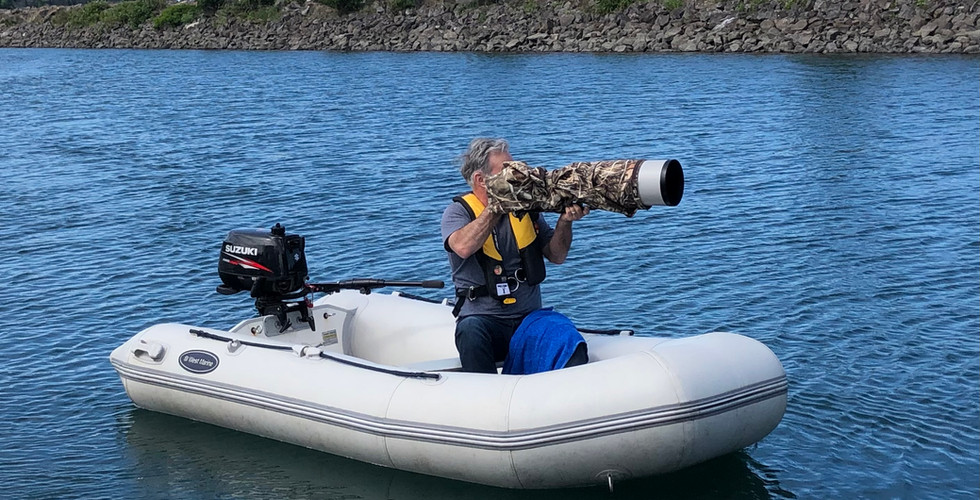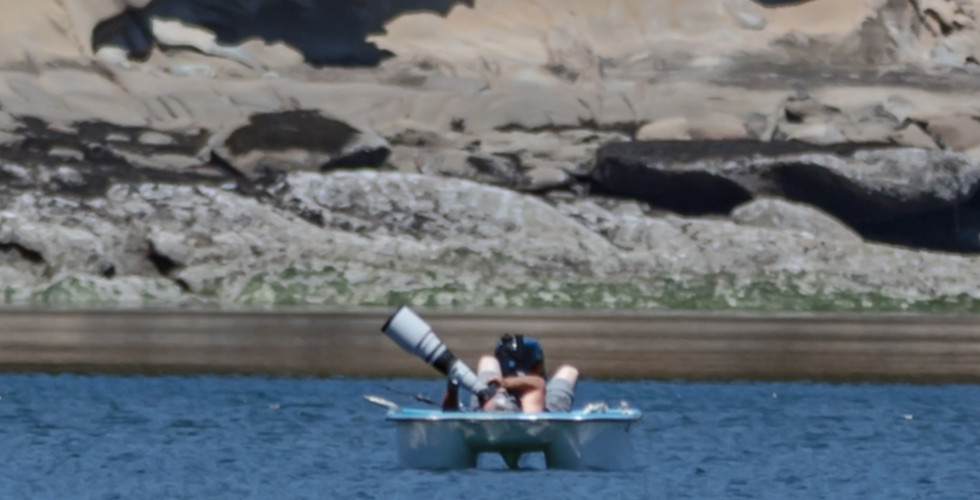Meet Keith Ross!
- Erika Gilsdorf

- Jan 26, 2021
- 2 min read
Sequim, Washington
What Fuels him? Sharing the natural world.
“I hope my images inspire you to get out and experience the world around you. It is amazing!”
Keith is a self-taught wildlife photographer. In 2015, he and his wife Kryztyna moved to Sequim, where they fell in love with the beauty of the area. The desire to capture the beauty fueled their passion for photography. Over the course of two years, Keith refined his photography skills, leading to developing his business Keith's Frame of Mind and expanding into teaching photography techniques.
His greatest desires?
👉I want to teach others all I learn in my wildlife photography classes. I love to watch my students blossom and grow.
👉 I want to share the ethics of photography to respect wildlife and their habitat.
Keith is using his role as teacher and photographer to spread love and respect for nature. He offers photography classes at Keith's Frame of Mind and has compiled a list of Ethical Photography Tips (read them below) for people looking to explore wildlife photography.
What equipment does he use?
"I primarily shoot with the 1Dx Mark II and the EF600 mm f/4L IS USM Telephoto with a 1.4X Mark II extender. This allows me 840MM of reach to safely capture images from a distance without disturbing the wildlife. As I teach in my class, the perfect photo session is when it ends with the subject still feeding or preening as I slip away, with no stress or interruption of their routines."
Keith’s Tips on Ethical Photography
Above all else, respect the birds and wildlife.
Move slowly, and do not make excessive eye contact. That is threatening to them.
I intentionally approach Herons looking away from them, as if not interested in them, and I move slowly and parallel to them, to get in position.
Only use a long lens, 600mm, and relax, and you will get great photos if you are not menacing to them. When they relax you can get preening, stretching, and all kinds of great activities. If you get too close you will just get photos of wildlife braced & ready to flee.
Take great satisfaction in a long photo session where you get your shots, and slowly leave, and they do not fly, run, or change their behavior.
Never intentionally spook birds. If they are sitting there doing nothing, let them be. I just sit and enjoy them! If they fly or move, I am always ready and in position, waiting and watching their behavior. Ask KryzTyna my wife! Good thing she has “waiting on Keith games” on her I phone!
Chances are when you meet them again they will trust you, and reward you with great poses. I have some regulars myself that seem to tolerate me more over time.
Check back to see blogs coming soon with Keith's wildlife photography at Dungeness and Protection Island National Wildlife Refuges.
To learn more about Keith's photography classes:
For more info on Keith Ross:
Instagram @keithsframeofmind












Comments